The Pennsylvania Historical and Museum Commission (PHMC) recently approved 47 new historical markers, one of the largest groups in the program’s history. This year, the nomination process was simplified, making it easier for individuals and organizations to apply. Marker staff offered support earlier in the process, helping more submissions move forward.
Category: Union
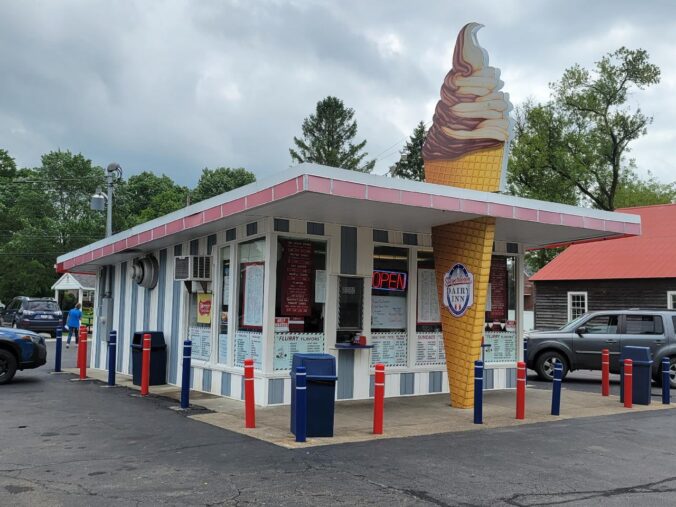
Baseline Survey On the Road Again: Newly Documented Roadside Resources in Pennsylvania
“I can’t wait to get on the road again/On the road again/Goin’ places that I’ve never been/Seein’ things that I may never see again/And I can’t wait to get on the road again…”
-Willie Nelson, “On the Road Again,” 1980
With Pennsylvania’s long transportation history – from railroads and canals to the Pennsylvania Turnpike and the many beautiful bridges throughout the Commonwealth – it’s no surprise that the teams working on the Baseline Survey Project discovered and inventoried a multitude of Pennsylvania’s previously unrecorded roadside resources!
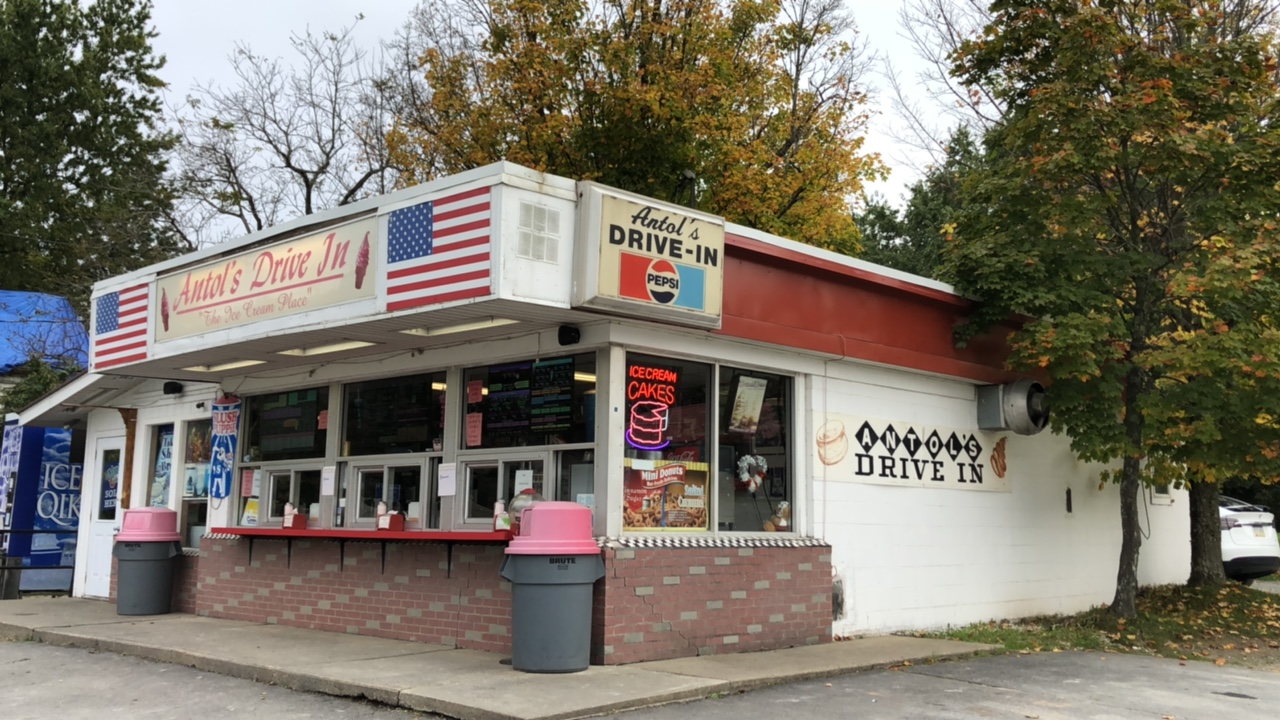
Baseline Survey: An Essential Ingredient in Our Preservation Pantry
There are some time-honored recipes in the historic preservation cookbook. The most successful, and dare I say scrumptious, preservation medleys include an essential ingredient – survey. Survey in the historic preservation profession is like the flour in your favorite holiday desserts.
Without survey, many preservation projects are challenged to rise to a superior outcome, just like a cake. My mind just might be overflowing with visions of sugar plums and cookies this holiday season, so I’ll do my best to refrain from too many more baking similes while I share initial Year 1 outcomes from the PA SHPO’s Baseline Survey effort. I think you’ll be as excited about the results as we are!
Continue readingTo say that COVID-19 changed things about away we live our lives would be the understatement of the century. Virtually everything about the ways in which we live, work, learn, recreate, shop – everything – changed in an instant and we have spent the last 12+ months learning how to adapt, as individuals and communities. The pandemic has also prompted a lot of pondering and forecasting about the long term effects on our society and how many of these adaptations will become part of our “normal” lives going forward. In Pennsylvania’s traditional communities, the sudden loss of foot traffic, festivals, and events hit small businesses and restaurants especially hard. Revitalization organizations and local governments have had to reimagine, with little or no time or experience, how to allow people to use streets, sidewalks, parks, and trails in a safe and responsible manner. Enter Designing for Distance.
Continue reading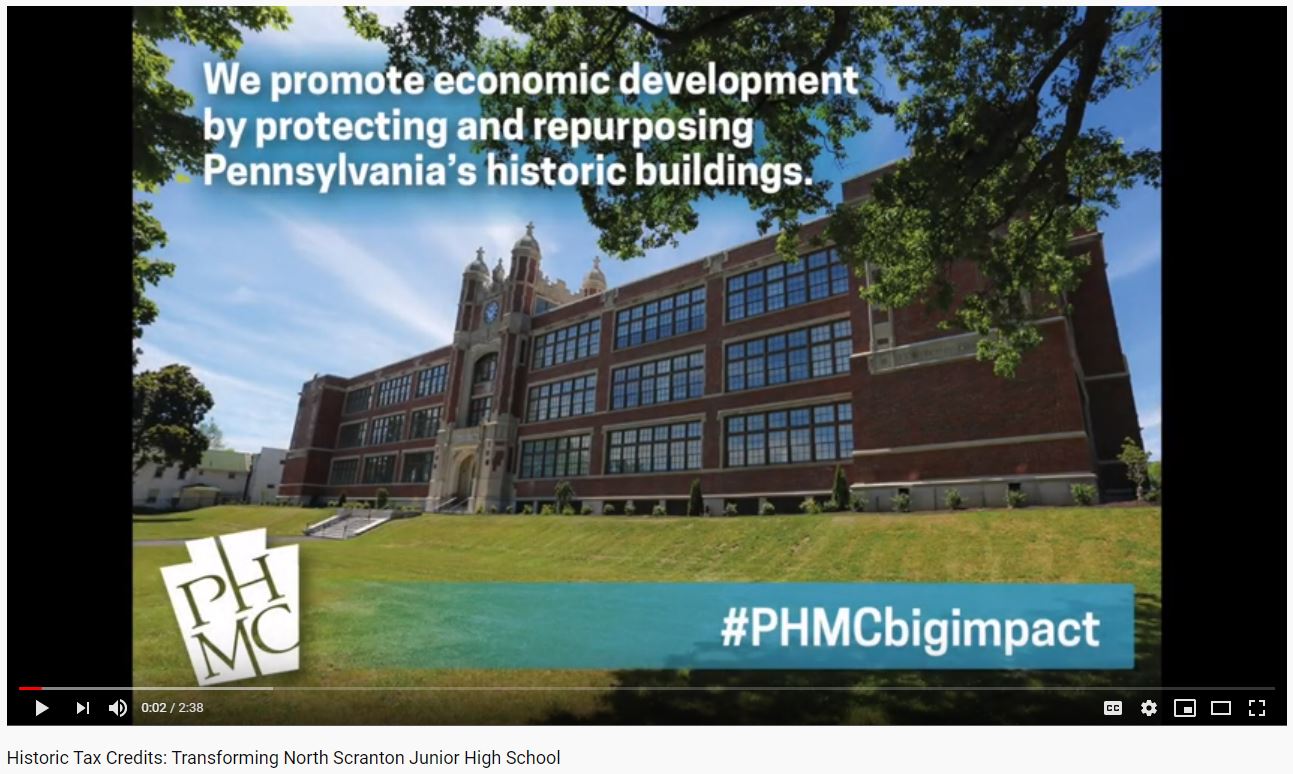
Testimonials in Pennsylvania’s Preservation Tool Box
One of PA SHPO’s core missions is to educate the commonwealth’s citizens about state and federal historic preservation programs. We can’t do it alone, so we do our best to provide interested citizens, advocates, and partners with the tools to help communicate what historic preservation is and why it matters.
Continue reading
Protecting against Future Floods: Floodproofing Workshops in PA
During the week of August 13th, The Pennsylvania Silver Jackets hosted floodproofing workshops in York, Lewisburg, and Wellsboro, and the State Historic Preservation Office had a representative (me) there to answer questions from public officials and members of the public.
Now I’m sure you have a lot of questions. What are Silver Jackets? Why was PA SHPO there? What are Flood Proofing Workshops? These are all excellent questions; let’s address them one at a time and look at some example of real-life flood proofing projects and their effects on historic resources.
Pennsylvania Silver Jackets
To quote the Silver Jackets website, the “Pennsylvania Silver Jackets is an interagency team dedicated to working collaboratively with the commonwealth and appropriate stakeholders in developing and implementing solutions to flood hazards by combining available agency resources, which include funding, programs, and technical expertise.”

Silver Jackets – multiple agencies, one solution!
Why the name? Different agencies have specific colors they use for their jackets during emergency response (think blue FEMA jackets after Hurricane Katrina), but nobody had yet claimed silver, so it serves as a unifying color for all agencies. Every state except for Hawaii has a Silver Jackets team, and Pennsylvania’s meets quarterly in Harrisburg to plan outreach and discuss project opportunities.
Community outreach is one of the Silver Jackets’ priorities.
Flood Proofing Workshops
Each day included two workshops – one in the afternoon for public officials and one in the evening for members of the public.
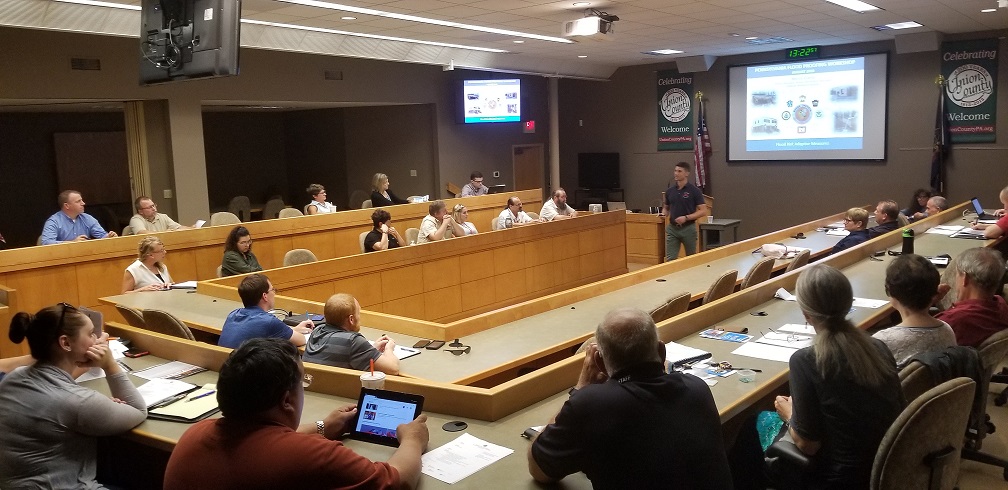
Floodproofing workshop in Lewisburg, Union County, on August 15, 2018.
In the world of emergency management, floodproofing measures are a subset of hazard mitigation and are divided into two general categories: structural and non-structural. These workshops focused on non-structural floodproofing methods. Somewhat confusingly, “non-structural” floodproofing measures include lots of projects that directly affect, alter, move, or even demolish existing structures.
Structural floodproofing includes projects that involve building something new, such as a dam or levee, while non-structural floodproofing includes projects that include no construction or alterations to existing buildings. Basically, non-structural floodproofing includes everything than an individual property owner can do to her property.
This can include planning, relocating utilities above projected flood levels, filling in a basement, elevating, or even relocating a building to remove it from flood risk.
Hufnagle Park in Lewisburg, PA
While in Lewisburg, I had some time between meetings to explore the borough (and look for something to eat.) Walking down Market Street, I passed Hufnagle Park and saw families strolling along a stream. As it turns out, this park is an example of a large hazard mitigation project to reduce flood risks by increasing open space along the stream.
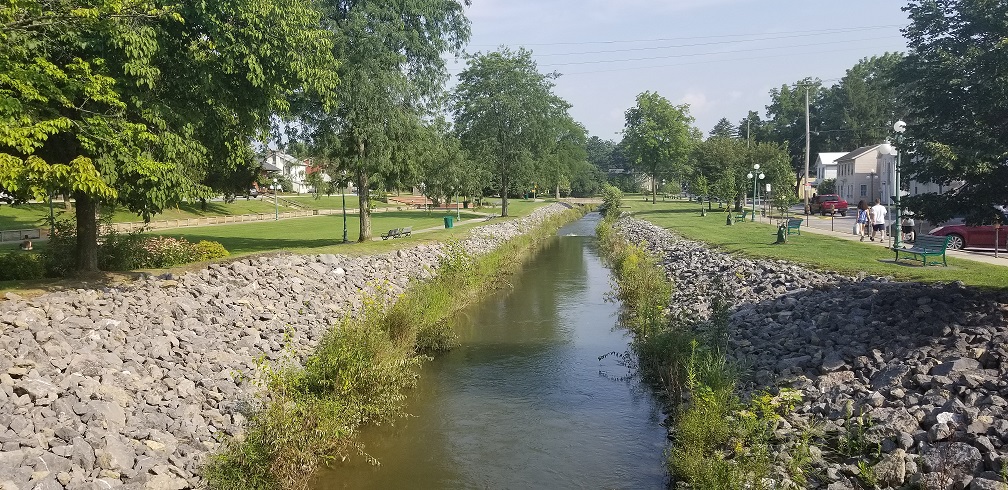
Looking southeast along Bull Run in Lewisburg, PA in August 2018.
The Borough of Lewisburg collaborated with Bucknell University in 2004 to produce The Lewisburg Neighborhood Project, a plan to address a range of concerns including student housing availability and flood hazards. One of the central projects in the plan was the Bull Run Greenway, a system of parks, trails, and green spaces along a stream that runs through the borough.
In 2012 the Borough used federal funds to purchase and demolish ten private properties on 6th Street southwest of Bull Run that were at heightened risk of repeated flooding. These buildings were within the Lewisburg Historic District, so mitigation of this project was required in the form of recordation of the to-be-demolished buildings and their immediate context. In the photo above, the demolished structures would have been visible on the right-hand side. Below are some example photos provided in the recordation package.
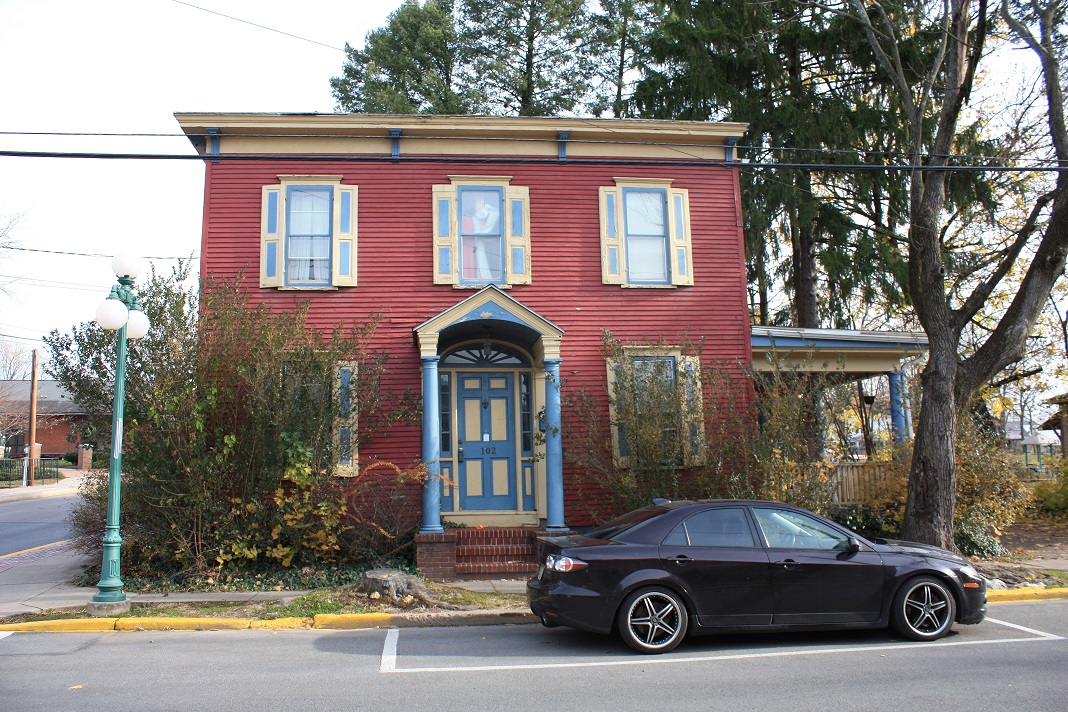
Lewisburg’s 102 South 6th Street in 2012, now demolished.
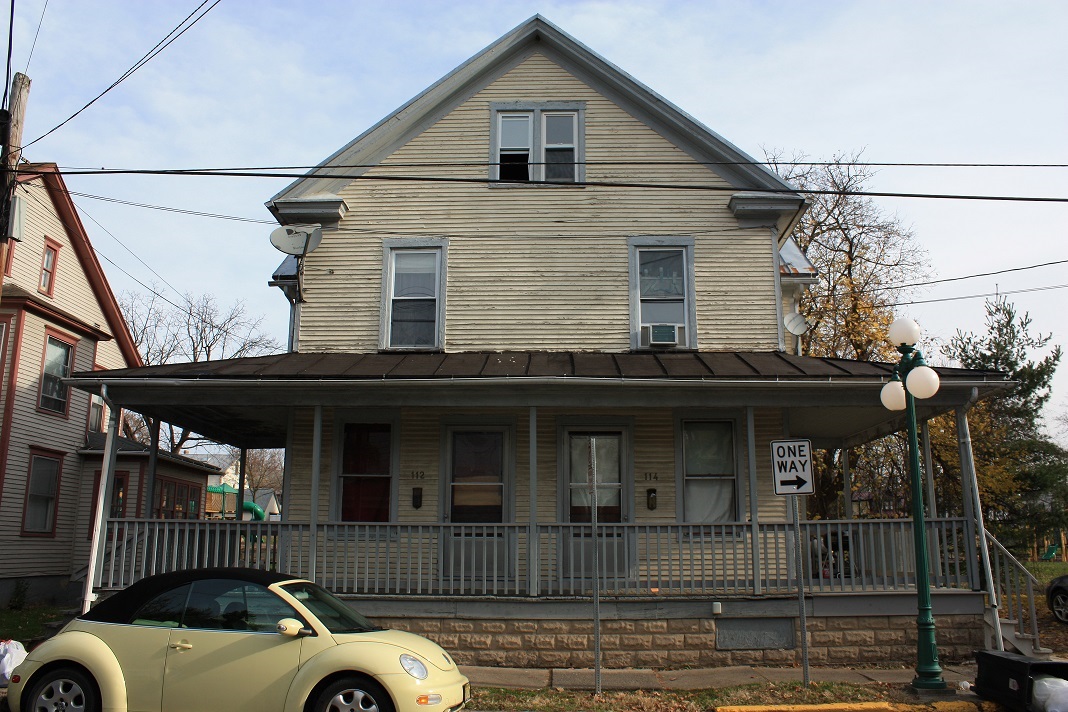
Lewisburg’s 112 & 114 South 6th Street in 2012, now demolished.
This type of project is often referred to as “demolition-acquisition”, and it is perhaps the most permanent form of hazard mitigation that FEMA funds. No funds will ever have to be spent on these properties again, and, by converting the land to permanent open space, surrounding properties could benefit as well. When a property is acquired using FEMA funds, it is required to remain open or park space in perpetuity. The next time it floods, water from Bull Run will have a little more space to flow and might not have as much of an impact on the houses across the street. Of course, ten buildings are now gone forever.
Peer State Example
There are hazard mitigation measures that can have less of a negative impact on historic buildings, but sometimes they require an extra level of creativity to balance hazard mitigation requirements with historic integrity.
As an example from outside of the commonwealth, new owners of the old Spaghetti Warehouse building in Houston, Texas are embarking on major rehabilitation project. The building is a contributing resource in the Main Street Market Square Historic District, but it backs up to Buffalo Bayou and was damaged by Hurricane Harvey.
As shown in the rendering below, the project would actually open the building up to water; in future floods, the bayou will be able to flow right through the back and side wall. The only fully enclosed and condition space will be on the second floor, and even that will be set back from the two newly opened walls.
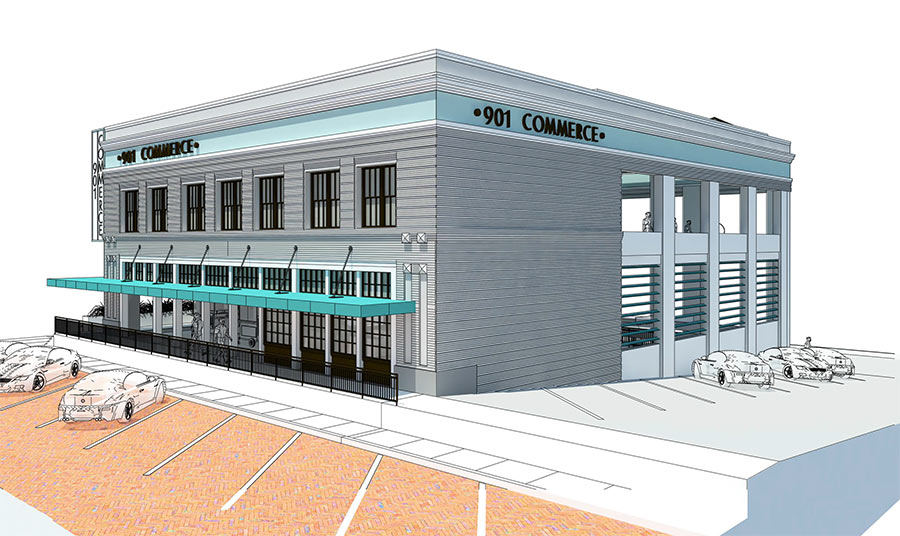
Rendering of proposed changes to 901 Commerce; Houston Planning and Development.
Despite these changes, the owner intends to make full use of 901 Commerce with a bar on the second floor and market space on the first floor and basement. Food trucks will even be able to pull directly into the basement. This is, of course, a pretty extensive alteration to this building, but it might provide a thoughtful alternative for how to live with water without losing our built heritage.
And that brings us back to three days of workshops in central Pennsylvania. Bull Run flooded in 2011 in Lewisburg, and Houston is still recovering from Hurricane Harvey, so flooding remains front of mind.
Flooding is not a constant problem in most of our communities, but it is a continuous one. In times between disasters (what emergency managers refer to as “blue sky”), it’s easy to fall into familiar practices and forget to prepare for future flooding.
These three workshops happened to coincide with weeks of record rainfall in central PA, but even if they hadn’t, they were intended to remind people who the risk of flooding is not going away. Whether you own a home that might be damaged, or work for an agency or local community, there are things you can do to help safeguard against the next flood, and there are people and agencies available to answer questions and provide assistance.
John Gardosik is the Hurricane Sandy Recover Project Manager at the Pennsylvania State Historic Preservation Office. Though new to Pennsylvania, he is married to a Lancaster native and is enjoying getting to know the Commonwealth.
It is time to highlight some of Pennsylvania’s recently listed historic properties! Since our last post ( Just Listed!) in May, 2016, 20 nominations have been approved by the National Park Service in the Commonwealth. Because several of these are districts, that means that over 1600 properties in the Commonwealth have been added to the National Register! Continue reading

ICYMI: Community Connections in Lewisburg, PA at the 2016 Statewide Conference on Heritage
From June 6-8, 250 of Pennsylvania’s spiffiest preservationists made Lewisburg, PA the most happening scene in the Commonwealth during the 2016 Statewide Conference on Heritage, and – by all accounts – every beach bunny, bookbuster, cat, chick, cool head, dove, dude, flap jaw, flower child, fox, hodad, hot dog, hunk, mop-top, mover, skirt, and teenie bopper in attendance had a totally way out blast! As you whiz kids out there may know, 2016 is the year that the preservation community is celebrating the fiftieth anniversary of the utterly rad National Historic Preservation Act of 1966, and part of that wicked celebration involves recognizing, praising, and engaging with Pennsylvania’s diverse and awesome communities that exist throughout the state. Continue reading
Time for April’s SHPO Shout-Out! I’m going to mix it up a bit this month and Shout Out about something that’s happening soon rather than something that’s already happened or is in the process of happening. It’s not that I don’t have a whole bunch of great things waiting in the wings – it’s just that the 2016 Pennsylvania Statewide Conference on Heritage is a REALLY big deal and I’d be derelict in my duties as Education and Outreach Coordinator if I didn’t make sure that all of our dedicated readers know all about it. Continue reading
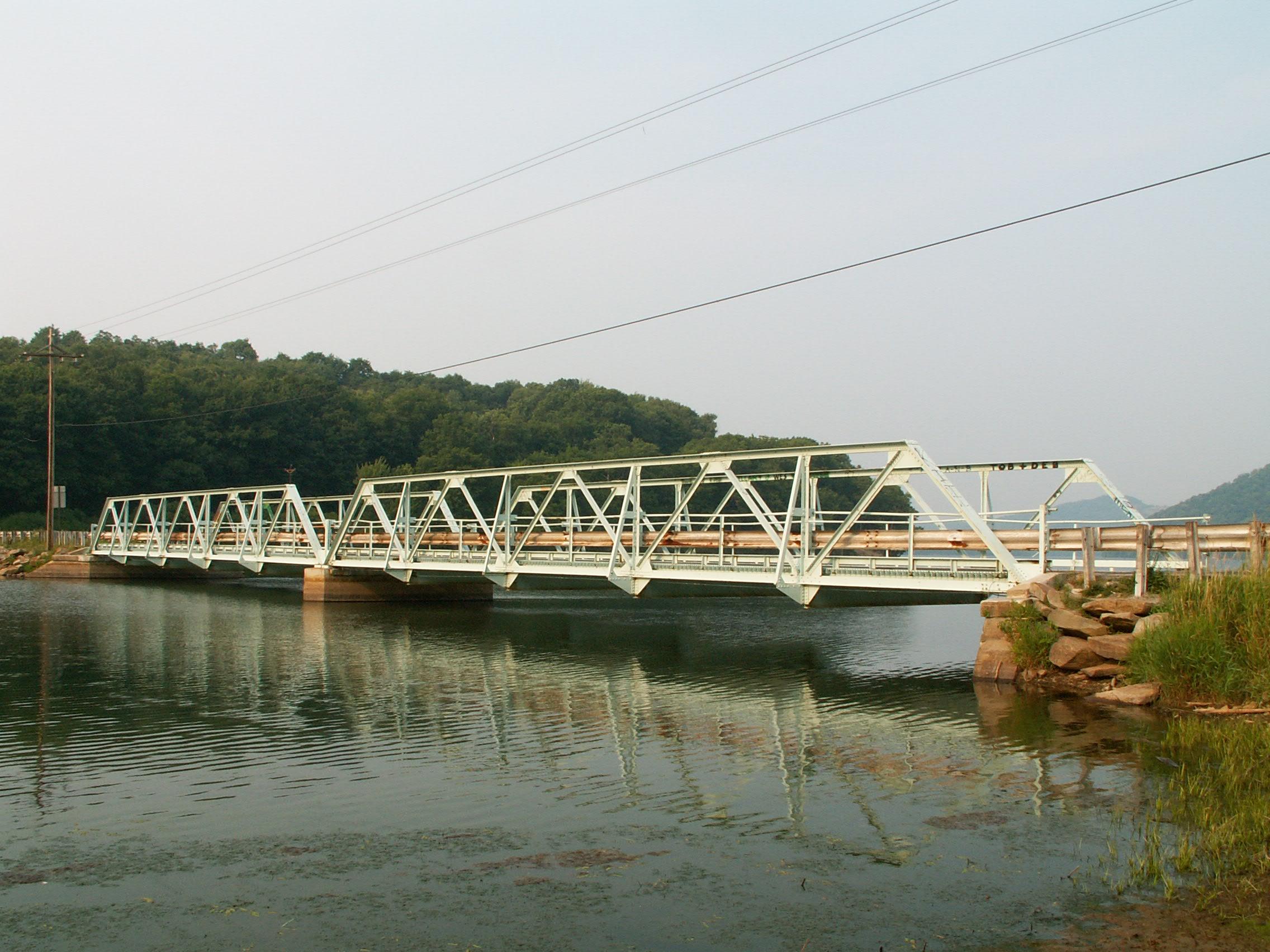
Intern Introspect: 10 Historic Bridges in Pennsylvania to Paddle Under Before the Temperature Plummets
by Elizabeth Shultz
Nestled between the peak heat of July and the crispness of October’s flaming foliage is that special span of outdoor living in Pennsylvania that is the perfect time to hoist your kayaks and canoes onto your shoulders, strap your sturdiest water shoes to your feet, and set out to feast your eyes on some of the architectural and engineering gems that crisscross Pennsylvania’s diverse bodies of water. In the true Commonwealth spirit of discovery, before our rivers turn to frozen slush and our streams start to crunch, let your paddles guide you under some of Pennsylvania’s treasured pieces of transportation history – starting with those listed below! Continue reading
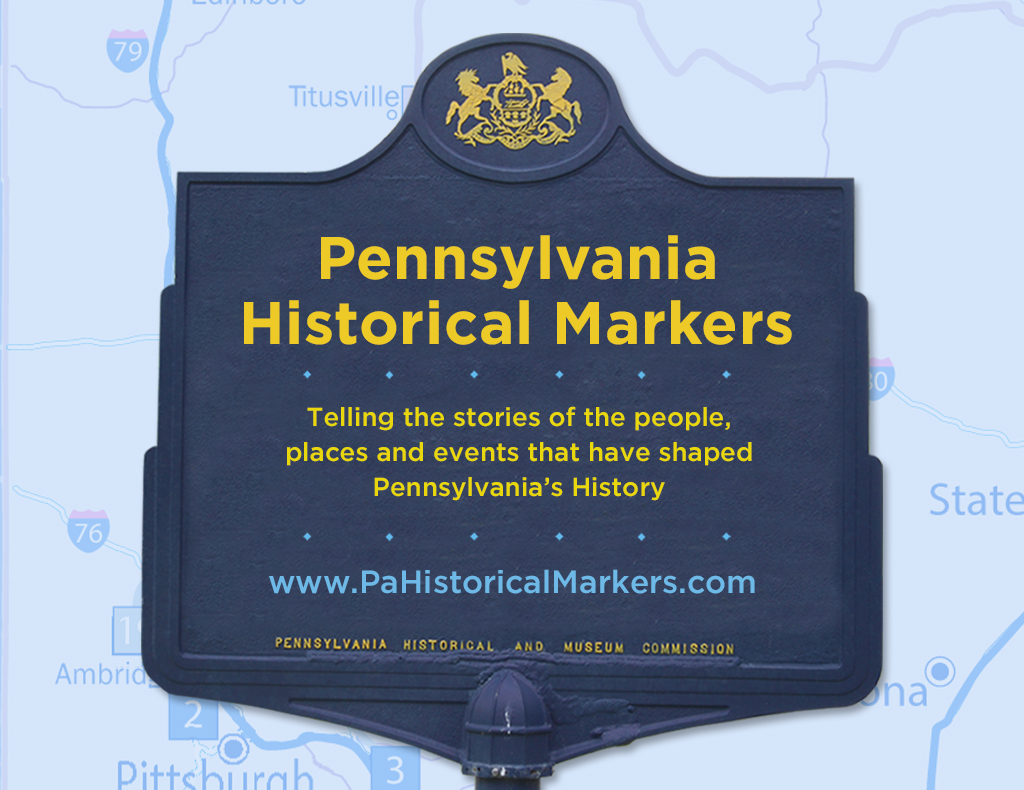
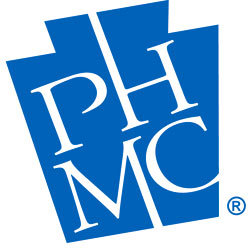
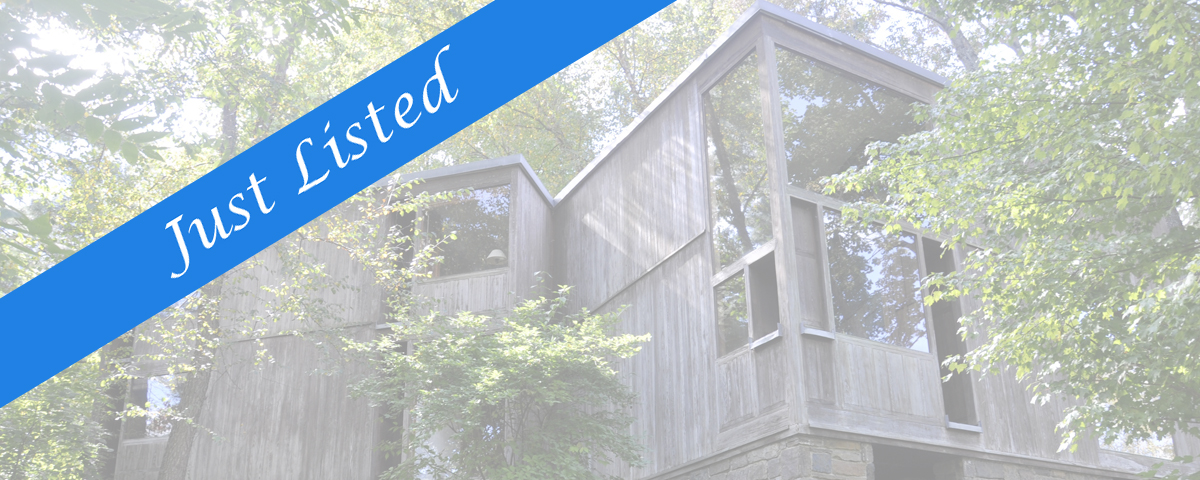

Recent Comments